I found an upside to LA traffic during the 12 long years my son, Sam, was doing his medical training at UCLA.
Often, when he was driving from one hospital to another or was on his way home after a long day, he’d call me, and the slower the traffic moved, the longer our conversations could last.
He told me about his cases, and I told him about my stories. We talked about people, plans and places. Sometimes, to humor me, we would talk about politics; it was never really his thing. Hearts were.
“There are soldiers in front of a building. They’re holding machine guns.” — Sam Paulsen
This year, however, politics began showing up more often as we talked, especially as he began seeing the effects of new federal policies at his great university, where funding for research was being upended, and at the West Los Angeles VA hospital and the county hospitals that were part of his UCLA rotation.
He liked the VA. He was awestruck by the spirit and fortitude of the vets. I recall the one who smoked, drank a six-pack a day and was turning 90.
“Don’t worry about me, doc,” he told Sam.
Another story I remember was about the man who, feeling chest pains, drove himself to the hospital to be checked out. He’d had a heart attack.
“Where do you live?” Sam asked, hoping he had not had far to travel. The man had driven from Las Vegas.
It was the county hospitals that presented the starkest illustration of inequity in health care, compared to the state-of-the-art facilities at the main UCLA Medical Center. Out at the county they dealt with cases compounded by a patient’s delay in getting care, untreated symptoms that had worsened before a person was able to get care. This year, he found a new worry: Fewer people were coming to the county hospital. Fear, he said, was keeping them away.
These topics remained in the realm of things that happen to other people, however, until one day in June when Sam was driving from the Santa Monica Medical Center to pick up his son at the UCLA campus daycare. The 3.8 miles ensured a good half-hour of conversation.
He was telling me about the latest brilliant thing Logan had done – he’d learned to clutch his head when asked “What’s going on?” – when Sam suddenly said, “Mom, there are soldiers in front of a building. They’re holding machine guns.”
When the current administration had ordered the National Guard and the Marines into Los Angeles in response to protests about ICE raids, Sam had told me, don’t worry; those clashes were taking place a long way from their home in West LA. But all of a sudden there were armed soldiers on a route from a hospital to a daycare center.
When I traveled in Tibet not long ago, we were unsettled by the sight of Chinese soldiers throughout Lhasa, but it had been a while since I’d seen, up-close, in person, these displays on our homeland.
That was in the spring of 1970, my freshman year at UC Berkeley.
Cal had already seen its share of protests long before I arrived: Free Speech in 1964, the Peoples’ Park in 1969. During the latter protest, on May 15, later called Bloody Thursday, a bystander, James Reston, was wounded and later died from injuries during a clash between protestors and law enforcement, and Gov. Ronald Reagan sent 2,700 National Guardsmen.
That had been a clash over a patch of land. A year later, when I was there, Cal, like universities across the country, was the center of protests against the war in Vietnam and its expansion into Cambodia. At Kent State University in Ohio on May 4, 1970, National Guard troops fired on unarmed student protestors, killing four and wounding nine. The guardsmen were on the Berkeley campus, too.
My older brother called me. “Stay in your room,” he said. I told him I was too much of a coward to join a protest, but I did want to go to class. Venturing onto the campus, I walked cautiously past the soldiers lining Sproul Plaza. They were huge, anonymous, hidden by uniforms, masks, helmets and boots. As I skittered past, one was smacking his billy club against his heavily gloved hand, and I thought that could be my head.
Later, I was sitting in class in Wheeler Hall, when a rowdy protest began, and a man burst into our classroom. “Get out,” he called. “They’re flooding the building with tear gas.” We ran. It’s a choaking, eye-burning sensation to run into tear gas. For days, it lingered, invisible, on the campus.
It seemed to me that everything was conspiring to make enemies: students versus police, soldiers versus protesters, those who wanted to end the war versus those who supported it, the government versus free speech. It was a confusing, chaotic, scary time. And it was back.
I told Sam about those days at Berkeley — that jarring feeling of finding yourself in a scene that you have formerly only seen on television and thinking, “This is real.”
And also wondering: How does this end?
That day this year in June felt worse because it was my son, not me, driving past the men with guns, on his way to get his baby, and this just a glimpse, a minor episode compared to what others were experiencing.
And yet — this is how my Berkeley story ended: My roommate in Freeborn Hall got fired up and got involved in the protests. I came back to our room one afternoon to find a young man sitting on her bed; he was no one that I knew. In those days, Freeborn was a girls’ dorm, and male visitors had to be signed in, escorted and signed out by 11 p.m. There were fines for each minute past 11 that you were late.
I only remember his first name, Sebastian. He had met Kathy at one of the anti-war gathering places, and she had brought him to Freeborn. She had told him it was OK to stay in our room while she went back to her protest. He was a soldier. He had finished his basic training at Camp Pendleton, and had come home to Oakland before being shipped out to Vietnam. He’d changed his mind. He didn’t want to go back, not to back Camp Pendleton, not to Vietnam. He was AWOL. He was scared to death. He was my age.
Meanwhile, my boyfriend from St. Mary’s turned up. Whenever there were riots, he would come to get me, and we would go sit in the hills above his bucolic college and admire the peaceful cows. When I went down to sign Rich in, I told him about the unexpected visitor in my room.
He was somewhat conservative. He said, “You can’t hide AWOL soldiers in your room.”
“I know,” I said. For one thing, it would be a heck of a fine.
But he went up to meet Sebastian. Rich was from Nevada, the only son of a wealthy family, cocooned by privilege. I doubt he had ever met a poor Black guy from Oakland. We were all the same age.
So, there we were as the sun went down. Rich went to get dinner, probably from Grossburgers, our favorite restaurant. And we talked. Until then, the war had been theoretical, something far away. We had never met an actual soldier.
It was getting late when the boy said he had decided to go back to Camp Pendleton, after all. He just didn’t know how to get there. He wondered if we could take him to a bus stop. Rich said, “I can drive you.”
And he did, an all-night round trip to Camp Pendleton and back. What happened to the boy, we never knew, whether he got into trouble, whether he went to Vietnam, whether he returned. But after that night, the war became real. The guardsman on our campus, too, became people, not monsters.
So, this is what I think happens in life: The more some forces – government, for example — try to drive people apart, the more another more powerful one brings them together.
Nonetheless, that day as Sam was sitting in LA traffic, I asked, “Is there another way you can drive back home with Logan so you don’t have to go past the machine guns?”
Sam assured me he would take another way home.
—
Sasha Paulsen is a Napa Valley-based novelist and journalist.
Poem of the Day
Conscientious Objector
By Edna St. Vincent Millay
I shall die, but
that is all that I shall do for Death.
I hear him leading his horse out of the stall;
I hear the clatter on the barn-floor.
He is in haste; he has business in Cuba,
business in the Balkans, many calls to make this morning.
But I will not hold the bridle
while he clinches the girth.
And he may mount by himself:
I will not give him a leg up.
Though he flick my shoulders with his whip,
I will not tell him which way the fox ran.
With his hoof on my breast, I will not tell him where
the black boy hides in the swamp.
I shall die, but that is all that I shall do for Death;
I am not on his pay-roll.
I will not tell him the whereabout of my friends
nor of my enemies either.
Though he promise me much,
I will not map him the route to any man's door.
Am I a spy in the land of the living,
that I should deliver men to Death?
Brother, the password and the plans of our city
are safe with me; never through me Shall you be overcome.
About the author: Edna St. Vincent Millay (1892–1950) was an American poet and playwright, celebrated for her lyrical precision, modern sonnets and bold, independent voice. Rising to prominence in the 1920s, she became the third woman to win the Pulitzer Prize for Poetry in 1923. Millay was a central figure in the Greenwich Village bohemian scene and a passionate advocate for social justice, women’s rights and, in her early career, pacifism.
Her poetry is noted for emotional intensity and political engagement. Works like “Conscientious Objector,” published in 1934, reflect her early resistance to war and injustice. Millay’s views evolved with the onset of World War II. Alarmed by the rise of fascism, she abandoned her pacifist stance and became a vocal supporter of the Allied cause. That shift is evident in poems such as “There Are No Islands Any More” (1940), “The Murder of Lidice” and the collection “Make Bright the Arrows,” where she explored the demands of conscience in wartime. Her legacy endures as a poet who combined artistry with activism, influencing generations of writers concerned with both craft and social responsibility.
Are you a poet, or do you have a favorite piece of verse you'd like to share? Napa Valley Features invites you to submit your poems for consideration in this series. Email your submissions to napavalleyfeatures@gmail.com with the subject line: "Poem of the Day Submission." Selected poets will receive a one-year paid subscription to Napa Valley Features (a $60 value). We can’t wait to hear from you.
Today’s Caption Contest
Pick your favorite caption or add your own in the comments below.
Possible Captions:
“Aaargh, me melanin thanks ye.”
“Not all who wander are lost — some are just chasing shade.”
“A cool patch of common ground.”
“Not all treasures glitter — some cast shadows.”
“The tree is the treasure.”
Last week’s contest results
In “Sunday E-dition: Creative Expression Isn’t Just Art — It’s Survival,” the winning caption was, “Try to keep up,” with 39% of the votes.
“Honestly, I was hoping for a rain delay.”
“I forgot to bring sunscreen.”
“Try to keep up.”
“Let’s pretend this means something.”
“Technically, we’ve already finished.”
Last Week
In “Claude Rouas, Napa Valley Hospitality Visionary and Beloved Father, Dies at 92,” we learned about the life and influence of Claude Rouas, who died June 27 surrounded by family. Best known for founding Auberge du Soleil in 1981, Rouas helped define Napa Valley’s hospitality style with a blend of French elegance and California warmth. His path stretched from humble beginnings in Algeria to elite European kitchens and then to a pioneering role in the Bay Area’s culinary scene. His daughter, Bettina Rouas, later opened the restaurant Angèle with his support, honoring both family memory and tradition. The piece highlighted Rouas’ enduring legacy in the region’s identity and in the personal lives he touched.
Glenda Winders shared her personal path back to creativity in “Sunday E-dition: Creative Expression Isn’t Just Art — It’s Survival,” recounting how a museum drawing class helped her overcome childhood discouragement and reawaken her artistic impulse. She connected her experience to research from “Your Brain on Art,” which explores how creative practice can support mental and physical health. Winders also cited inspiration from “The Art of Noticing” and Danny Gregory’s sketchbook course, both of which emphasize the power of daily observation. Her account illustrated how creative habits — whether through collage, writing or sketching — can foster resilience and joy. The piece encouraged readers to explore their own creative outlets as a form of renewal.
Tim Carl examined the financial pressures facing Napa Valley’s tasting rooms in “The Problem With Volume,” highlighting a 24% drop in median order value between 2023 and 2024. Using recent industry data, he calculated that maintaining 2023-level revenue would require a record-breaking surge in tourism — an unlikely outcome given flat visitation trends. The finding show that the region’s reliance on increasing foot traffic is faltering, with more guests generating less income per visit. The data also pointed to declining wine club loyalty, staffing reductions and stagnant digital sales as compounding challenges. The piece warned that growth through volume alone may deepen the revenue gap rather than close it.
In “Mentis Monday: Why Men’s Mental Health Still Faces Barriers,” Charlotte Hajer and Bobby Garrison examined the cultural pressures that discourage men from seeking mental health support and explored how shifting traditional views of masculinity could foster emotional well-being. Garrison, a therapist with Mentis, emphasized that many men only seek help after reaching a crisis point and described how tools such as the “Anger Iceberg” help clients uncover underlying emotions. The article also addressed how early emotional education for boys, through play, reflection and modeled vulnerability, can lead to healthier development. Garrison underscored the importance of presence and emotional honesty in fatherhood. The authors argued that creating space for emotional expression in men benefits families and communities alike.
In “Inspire, Don’t Intimidate: Rewarding Teen Environmental Action in Napa Schools,” Helena Falk, a junior at Napa High School, argued that fear-based climate messaging overwhelms youth and stifles engagement. Drawing on her own experience and studies from the Journal of Environmental Psychology, she highlighted the effectiveness of reward-based strategies in fostering long-term environmental habits. Examples such as Napa High’s carpool campaign showed how positive reinforcement can encourage sustainable behavior and peer-to-peer learning. Falk offered suggestions for community support, including grants, creative projects and reframing climate action as a hopeful, empowering lifestyle. Her piece advocated for a shift in approach to better inspire Napa’s next generation of environmental stewards.
In “Select Your Plants to Support Pollinators,” Cathy Purlee of the UC Master Gardeners of Napa County explained how home gardeners can aid pollinators by planting diverse, poison-free gardens that bloom across seasons. She introduced the concept of nectar corridors, which provide vital food and shelter to species like monarch butterflies and native bees. Purlee highlighted local efforts, including projects by the Land Trust and Master Gardeners, to restore monarch habitats through milkweed planting and invasive species removal. She encouraged replacing turf with clover, maintaining shallow water dishes and tolerating some plant damage from larvae.
—







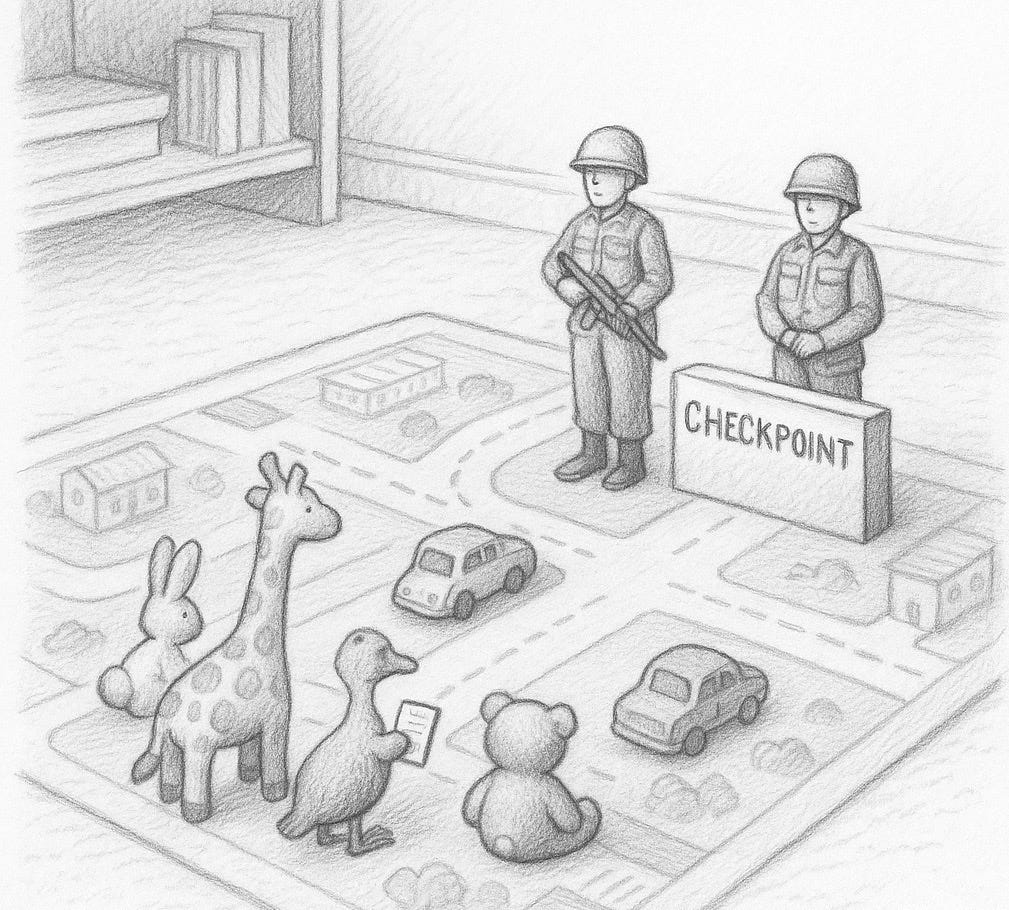



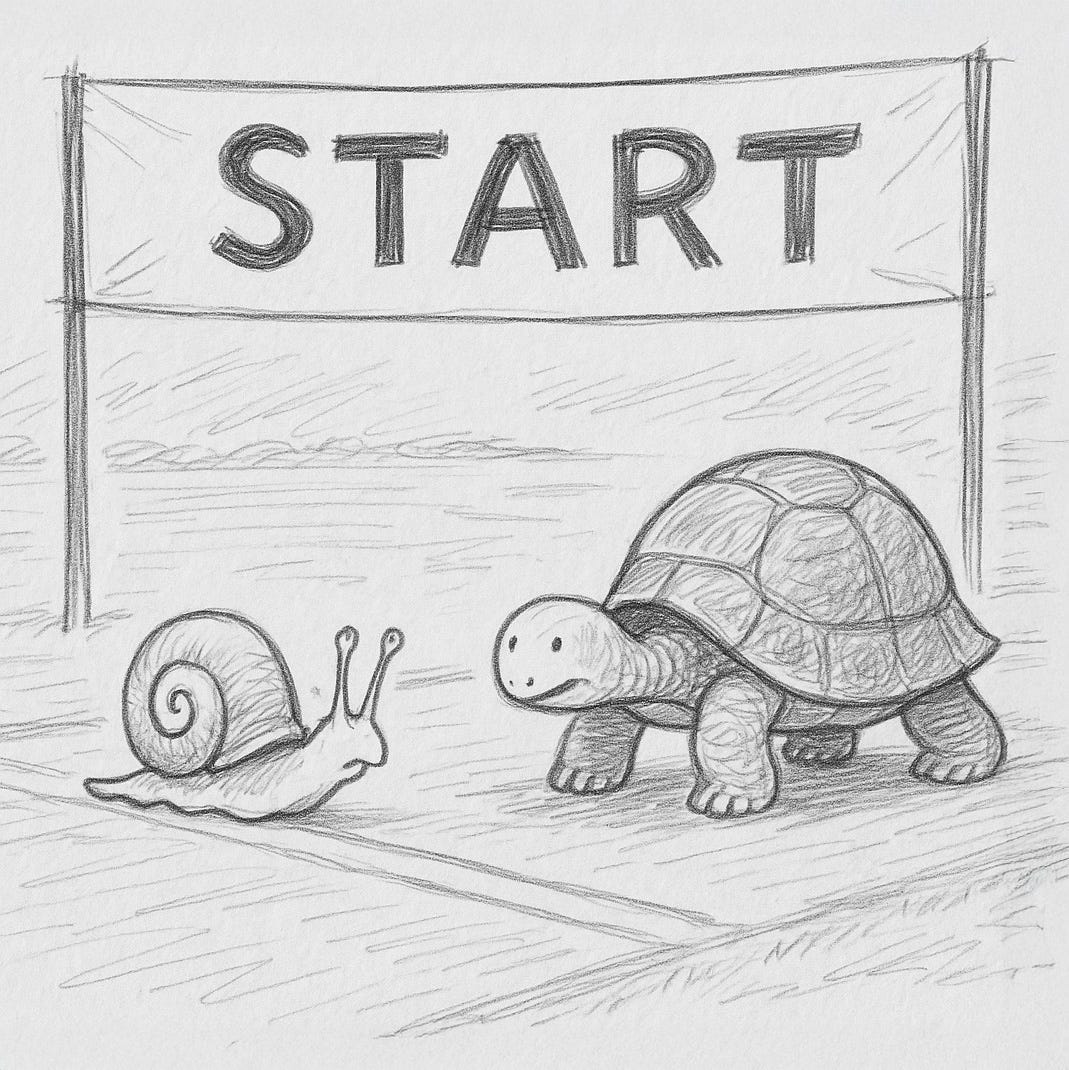



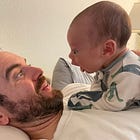
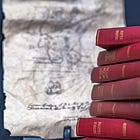
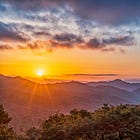
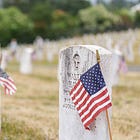



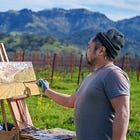

Once again, Sasha, you nailed it. This one resonates with so many of us of a certain age and a certain path through the chaos, awakening, doubt and resolve that was that moment in history, and this one as well. So much of what is happening is triggering of memories for the baby boomers and others. Hopefully we will find a way through this one that leads us away from soldiers on our street corners. That image is almost commonplace for those of us who have traveled or lived in other parts of the world, as you note. Keep at it. Your readers need and welcome the reflections your powerful, yet subtle, writing provokes.
Well done.